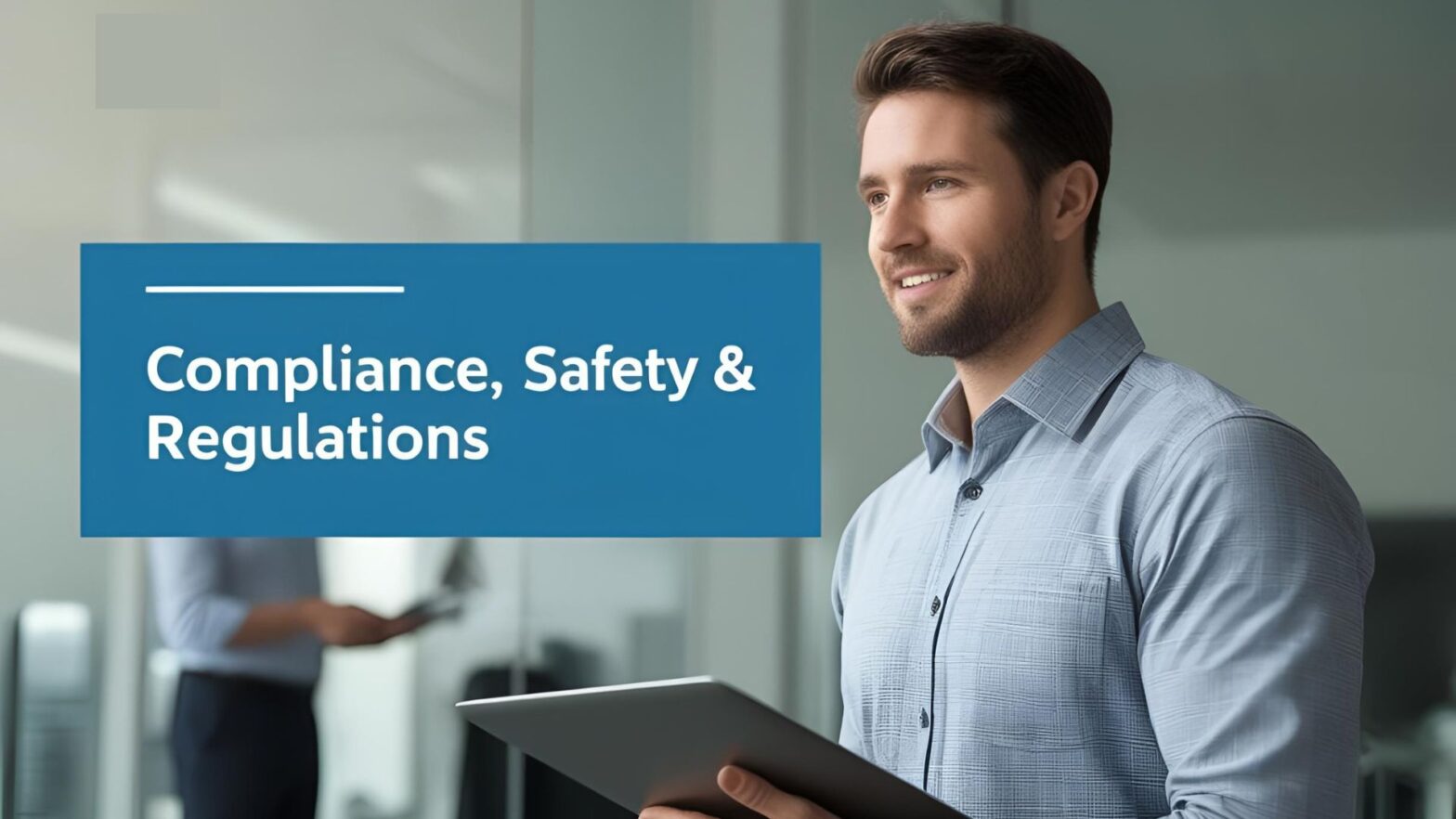Personal Protective Equipment (PPE) is a frontline defense in warehouse safety, especially in industries like building materials where heavy, sharp, and hazardous items are handled daily. But issuing PPE isn’t enough—warehouse staff must be properly trained to understand when, how, and why to use it.
If your facility is aiming to improve safety and reduce violations, here’s how to structure an effective PPE compliance training program that sticks.
- Start With a PPE Hazard Assessment
Before you train employees, you need to identify exactly what types of PPE are required in your warehouse. Conduct a hazard assessment that looks at:
Material handling tasks (e.g., lifting lumber, metal, or stone)
Equipment operation (e.g., forklifts, saws, packaging machines)
Chemical exposure (e.g., adhesives, treated wood)
Noise levels, air quality, and foot traffic zones
Based on your findings, determine the required PPE: gloves, steel-toe boots, high-visibility vests, hard hats, hearing protection, safety glasses, respirators, etc.
- Develop a Clear PPE Policy
Create a written PPE policy that outlines:
Required PPE for each role or task
Where and when PPE must be worn
How PPE should be inspected, maintained, and replaced
Disciplinary procedures for non-compliance
This policy should be included in employee handbooks and posted visibly in break rooms, locker areas, and work zones.
- Conduct Hands-On PPE Training
Effective training is more than a slideshow. Make it interactive and task-specific:
Demonstrate proper use: Show how to wear and adjust PPE correctly
Practice sessions: Let employees handle and wear gear in simulated work conditions
Inspection techniques: Teach staff to check for damage or wear (e.g., frayed straps, cracked helmets)
Donning and doffing: Train on how to put on and remove PPE safely to avoid contamination (especially with respirators or gloves)
Employees should walk away confident in both the purpose and the correct usage of their assigned gear.
- Reinforce With Visual Cues and Reminders
In busy warehouses, quick visual cues make a big difference. Use:
Signage at PPE-required entry points
Wall-mounted mirrors for self-checks
Posters or banners with proper PPE images
Color-coded zones where different PPE levels are required
These constant reminders help make PPE use second nature.
- Train Supervisors to Monitor and Correct Behavior
Supervisors are your first line of enforcement. Train them to:
Monitor PPE use on the floor
Address non-compliance in the moment—constructively, not punitively
Keep track of PPE inventory and reorder supplies as needed
Lead by example by wearing their own required PPE consistently
When supervisors reinforce standards daily, employees are more likely to follow suit.
- Keep Records of All Training
Document every training session with:
Sign-in sheets
Training materials used
Topics covered
Quiz or hands-on assessment results
This documentation is critical for regulatory compliance and will help during OSHA inspections or incident investigations.
- Offer Refresher Training and Updates
Don’t assume that one-time training is enough. Schedule periodic refreshers:
Annually for all employees
After any safety incident
When new PPE types or procedures are introduced
For new hires or temp workers
Keep training materials updated with the latest OSHA guidelines and industry-specific best practices.
Final Thoughts
PPE compliance isn’t about gear—it’s about behavior. Training warehouse staff to understand the why behind the rules builds a culture of safety that lasts. With the right combination of clear policies, hands-on instruction, and daily reinforcement, you can significantly reduce injuries, boost morale, and stay on the right side of regulatory inspections.
Make PPE training part of your safety foundation—not just a checkbox.


